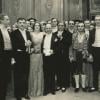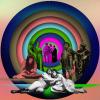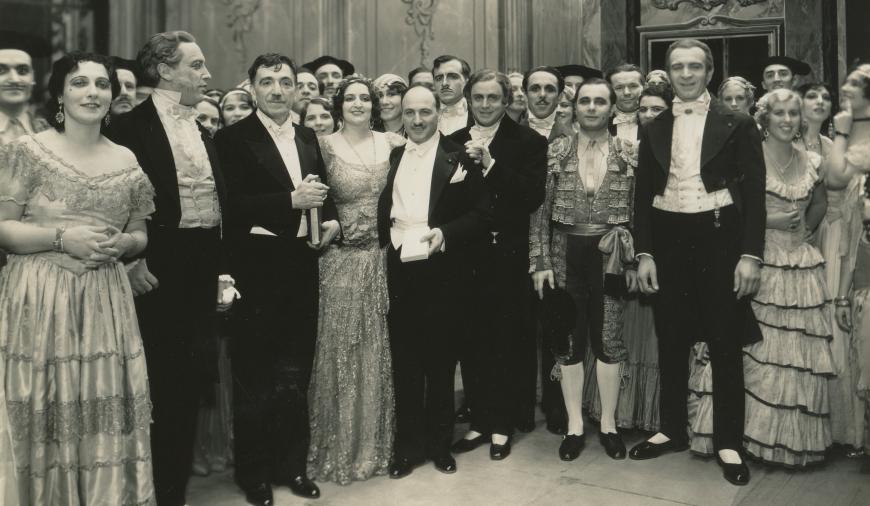
From the first opera — be it Jacopo Peri’s 1597 Dafne or Claudio Monteverdi’s 1607 Orfeo — to the Italian immigrants who helped establish San Francisco Opera in 1923, Italians and opera, to use a musical term, have harmonized.
As at virtually every other large opera company in the world, Italian repertory has dominated SF Opera’s programming from the very beginning:
It was on Sept. 26, 1923, that Gaetano Merola, the company’s founder, conducted SF Opera’s debut with La bohème, featuring Queena Mario and Giovanni Martinelli, in the Civic Auditorium. Merola first visited the city in 1906 and was a champion of the art form and of the company he founded and then headed until his death in 1953.
From the beginning, SF Opera and its home city have survived and prevailed in the years between the Big Quake, two world wars, the Spanish Flu (which killed 3,500 in a city half the size of now, when COVID casualties totaled 1,500), the Great Depression, and much else.
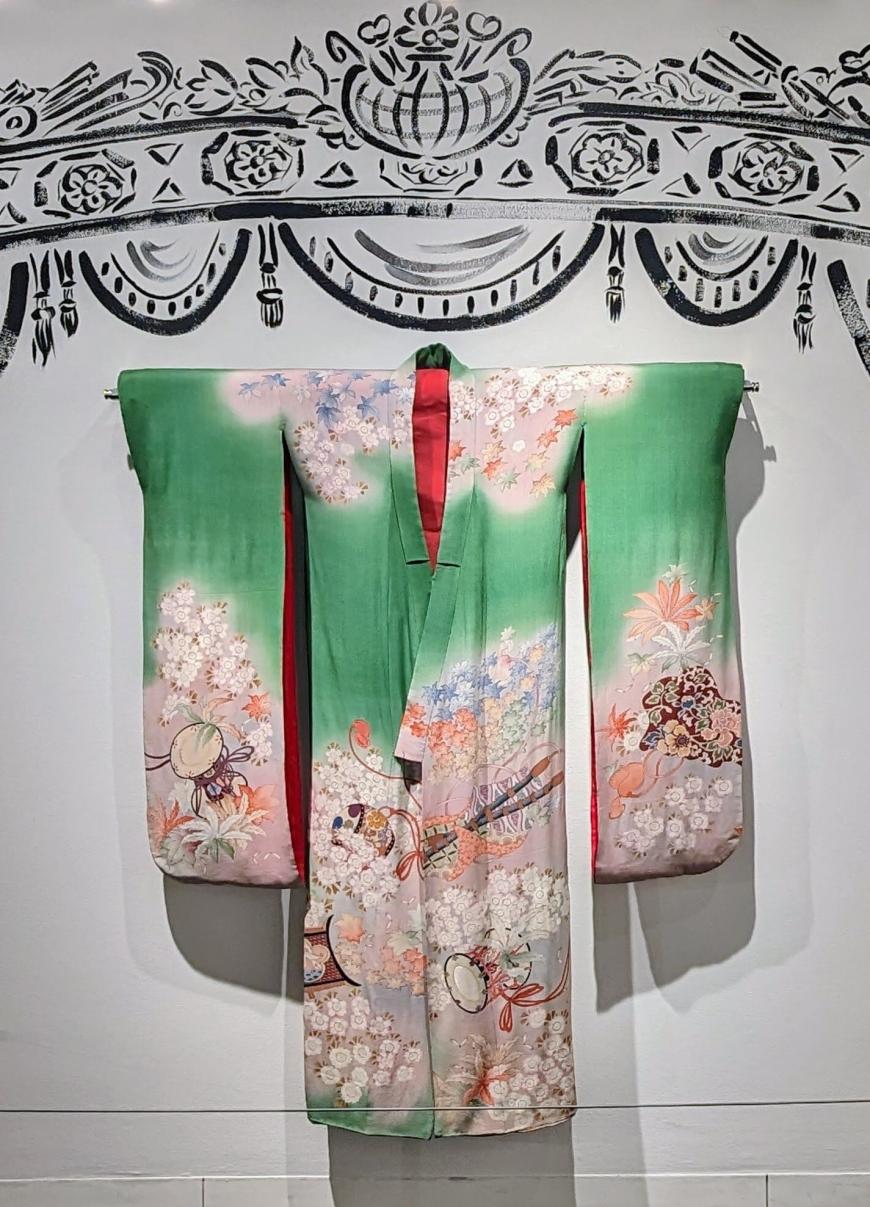
Italian opera — Puccini and Verdi especially — has been the most frequent offering in the War Memorial by far. And now, as SF Opera’s summer centennial season begins this week, the first work is Puccini’s Madama Butterfly — an opera tied with Tosca for second place as most performed in SF Opera history; the two are behind yet another Puccini opera, La bohème. (Verdi follows with Aida, Rigoletto, and La traviata; Bizet’s Carmen is the only interloper between the Italians.)
Acknowledging and honoring the Italian connection has ebbed and flowed over the years, with an unfortunate low point in the recent past:
A large bronze plaque in the War Memorial’s lobby, “honoring the memory and vision of the original Italian American founders of San Francisco Opera” — Giuseppe Brucia, Louise Dana, Antonio Farina, James V. Frevola, Milano Milani, Alfonso Napolitano, Amedeo Napolitano, Amalio Paoni, Amedeo Paoni, Anacleto Paoni, Giulio Stradi, and Guglielmo Torchia — disappeared during the 1996 post-quake renovation of the building.
It took six years after the 1997 gala reopening of the opera house before the plaque was replaced, in an effort described by the L’Italo-Americano:
“In 2003, thanks to the persistence of Joe Brucia, son and nephew of two of the original SF Opera Company founders, Alessandro Baccari, a historian working on a documentary about the contributions of Italian Americans to opera in San Francisco, and National Sicilian American Foundation president Frank Bonfiglio, a large, bronze replacement plaque was designed and affixed in a place in the lobby.”
(Frank Brucia died two weeks ago at age 106 — a member of the Brucia family, who were among the original founders. Just last month, he spoke about his dad and Gaetano Merola.)
And now, besides an exhibit about the Opera’s 100 years in Terminal 1 of San Francisco International Airport through Oct. 15, there is also Bravo: Celebrating San Francisco Opera, Its Italian Roots and Legacy at San Francisco’s Museo Italo Americano in Building C of Fort Mason Center.
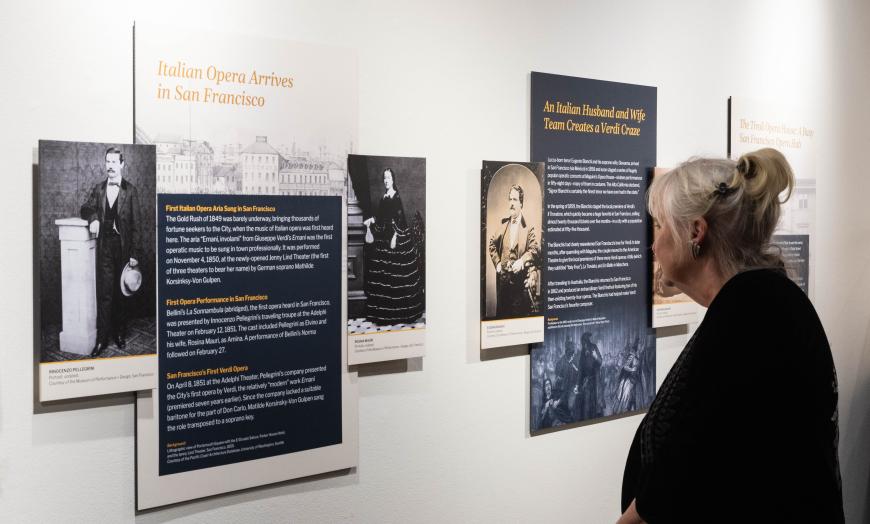
The Museo Italo Americano exhibition offers the rare opportunity to see silent-film footage of SF Opera in the 1930s, including scenes with Merola, and costumes, headpieces, recordings, programs, and historic photographs. QR codes offer musical excerpts and interviews for deeper engagement.
In conjunction with the exhibit, Museo Italo Americano is presenting several upcoming events, including two concerts featuring the Eos Ensemble and mezzo-soprano Laura Krumm on June 1 and 3 at BATS Improv Bayfront Theatre in Fort Mason. The concerts, which will feature music from Italian operas, are underwritten by Barbro and Bernard Osher. Also upcoming is an Aug. 17 presentation, “Who’s Afraid of Dusty Old Boxes?” by SF Opera Director of Archives Barbara Rominski.
For more about SF Opera’s history, see Streaming the First Century, the company’s free online hub for historic recordings and interviews. For SF Opera’s past repertory and cast information, visit the online archive.
Correction: The Museo Italo Americano reports that there was a 12th founder of SF Opera whose name was omitted from its list. We have added Anacleto Paoni to this article.


